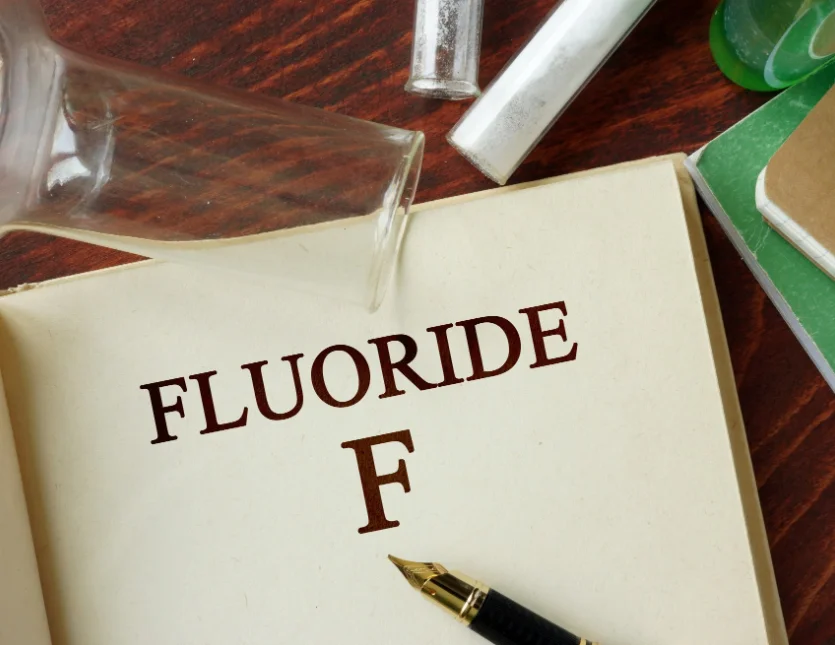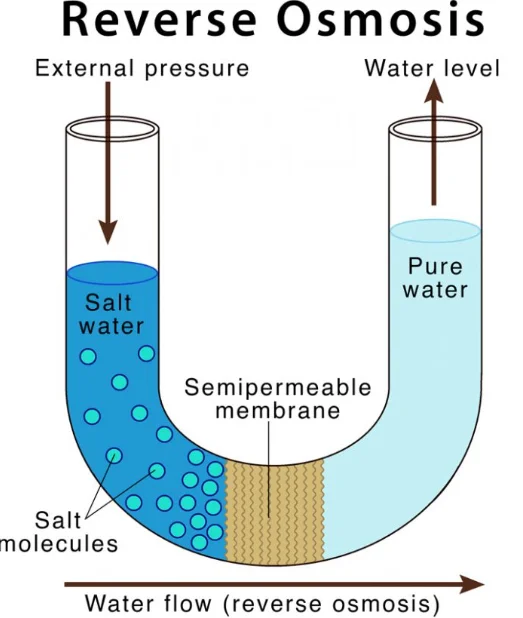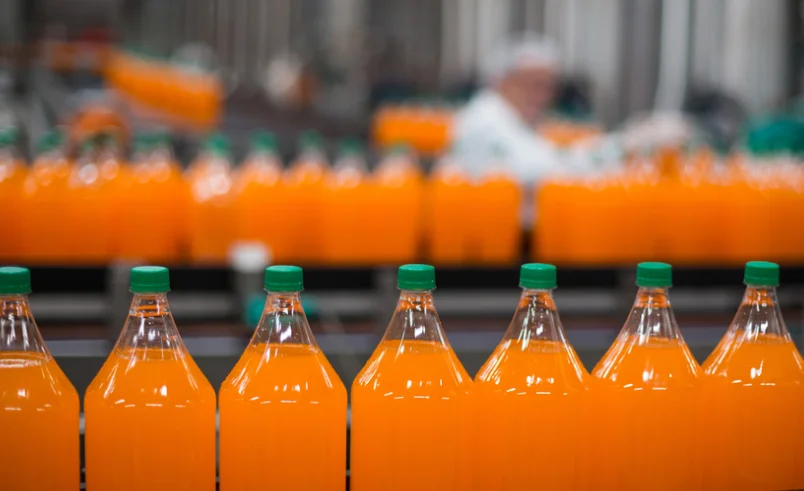Reverse osmosis is one of the main ways used to remove fluoride and other inorganic impurities from water. while it is common, it is good to think of its effectiveness in purifying water for use at home.
As a water filtration method, reverse osmosis is effective enough to filter fluoride and other impurities from water. It is largely the best solution to filter common impurities like fluoride, chlorine, lead, pesticides, detergents, nitrates, and sulfates.
While it is a technical system, its filtration process is simple, which makes it effective for use at home.
Also Read: Best Kitchen Sink Materials and pros & cons of each
Reverse Osmosis is Effective to Filter Fluoride in Water

Reverse osmosis filters are relatively effective for fluoride and other contaminants like pesticides, asbestos, sulfates, detergents, chlorine, lead cadmium, and many others.
When removing the contaminants, which may be harmful to health, it is advisable to select a system with a third-party validation like WQA or NSF. The companies test products to ensure they can remove the contaminants that they claim.
WQA certification is given by aQuatell a system known as Aqualux Reverse Osmosis which removes fluoride from water. There are other various water treatment systems used to filter or remove fluoride. These include:
- Alumina Filters- they remove 99% of fluoride; however, they add aluminum, which is a problem for many people.
- Reserve Osmosis Systems- when it’s new it can remove 85-92% of fluoride but loses its effectiveness with time. They also waste gallons of water to get one gallon of the treated water. Therefore, they are not environmentally friendly.
- KDF filters- they don’t remove fluoride, and they represent Kinetic Degradation Fluxion, consisting of high-grade zinc or copper media.
Characteristics that Make Reverse Osmosis Effective to Remove Fluoride
- Cost-effective
- Easy to operate or handle by the rural population who are the major suffer
- Independent of input alkalinity, fluoride concentration, temperature, and pH.
- Does not affect how the water tastes.
- Not adding other unsuitable substances to the treated water such as Aluminum
Effects of Fluoride in Water and Why it Cannot be Removed Easily
Most preventative health professionals and fluoride opponents believe that fluoride is dangerous. It reacts to all the hormones and enzymes in the body of a human being causes the hardening of bones prematurely, and can cause bone cancer, particularly in young boys.
While some contaminants can be eradicated through filtration jugs and systems, it is difficult to remove fluoride chemicals from water. Some think that lemon or citric acid can remove fluoride, but does not. It can only be achieved using Reverse Osmosis systems and specialized filters.
Dr. John Yiamouyiannis, who authored the book” Fluoride the Aging Factor,” wrote that consumed fluoride is a notable “aging factor” and doesn’t contribute to lessening tooth cavities. He was successful in fighting for the discontinuation of fluoridation in many countries in the world. This rebellion against fluoride has made most people stay away from fluoride by distilling their water for consumption.
Application of Reverse Osmosis System to filter Fluoride

Fluoride is mainly found in food, soil, and water.
It is produced synthetically for use in drinking water, beverages, and toothpaste as well as different chemical products. However, a recent study shows fluoride elements could posses negative effects on the human body.
For this reason, I am going to explore six of the cheapest and best methods that can remove fluoride from your system completely. Take a look at the easy and quick methods of removing fluoride from water in the cheapest way.
1. Using Water Pitcher to Remove Fluoride
Pitchers are convenient, easy, and an inexpensive way to eradicate other contaminants and fluoride from drinking water. They are certified fluoride water filters that remove 95% of fluoride from water. Its cartridge can take more than five months; hence, you can have clean filtered water for half a year without additional costs.
2. Using Faucet Mount Filters
This water filter gives an inexpensive, good performance, and effective way of eradicating various water contaminants and fluoride. Its cartridges are crafted using a micro screen layer, together with activated coconut coal that captures dust, chlorine, sand, heavy metals, cysts, metallic taste odor, and fluoride from the water. You can learn how to dechlorinate water at home as well as chloramines.
Its way of filtering water is environmentally friendly since they do not use electricity and waste very little water, unlike other filters. Faucet Mount Filters have a universal connection that fits most standard faucets, and the installation process is easy, you don’t have to call a plumber.
Natural Alternatives to Remove Fluoride from Drinking Water
Several materials and techniques have been explored all over the world for the defluoridation of groundwater. The techniques can be grouped into four broad categories, namely: Adsorption technique, Precipitation technique, Ion-exchange technique, among other techniques including reverse osmosis and electrochemical defluoridation.
Also Read: Are Pantry Bugs Harmful if Eaten? Learn How to get rid of Each
Alternatives to Reverse Osmosis that are Effective
Defluoridation is introduced in two organizational levels; community defluoridation for use by the public in a village and household defluoridation for use by single household members.
To remove fluoride from drinking water naturally for domestic use, it is important to put up a domestic defluoridation unit that is used to reduce fluoride content in the water. Additionally, the unit also removes other contaminants found in groundwater.
The simplest methods of removing fluoride from drinking water naturally are distillation, activated alumina defluoridation, and reverse osmosis.
Using Borne Cha Carbon
The other effective method is using Borne Cha Carbon which is 90% effective. Bone Char Carbon is a granular material that is made from animal bones, charring these bones are heated in high temperatures of about 400 to 500 degrees in an atmosphere without oxygen to control the quality of the product about the absorption capacity of applications like removing heavy metals and defluoridation, of water from aqueous solutions.
Bone Char Carbon is used best in tandem in collaboration with various purification techniques. Reverse osmosis is currently used in industry and medicine as the means of separating or purifying water and various solvents from certain components. It is increasingly used to make pure water in hospitals for dialysis, and for making water for injections
Distillation Method to Remove Fluoride
This technique depends on evaporation for purification of water. Water that is contaminated is put through heating to form steam. Non-volatile organic large molecules and inorganic compounds don’t evaporate with water; thus, they are left behind. Afterward, the steam cools and condenses forming purified water.
Distillation is very effective at removing inorganic compounds like metals (lead and iron): hardness (magnesium and calcium) and particulates from every contaminated water supply. While distillation is one of the best methods of water purification, it has the disadvantage of removing vital minerals from water. Some supplements have to be added to distilled water since the water lacks minerals; hence, it is not safe to drink it in large quantities.
How to Reduce Fluoride Intake at Home
Minimize consumption of all processed beverages

When soft drinks, juices, and other beverages are produced using fluoridated water, fluoride could reach dangerous levels and exceed the necessary, safe amount, which is 4mg per day for adults and 1.5mg for children.
This could lead to health risks like dental and skeletal fluorosis or more serious cases like spoiling the parathyroid gland. Always avoid sugary drinks since they have acidic carbonation that can cause tooth decay.
Avoid taking fluoride supplements
Fluoride supplements such as lozenge drops and tablets were introduced in the early 1950s focusing on children who lived in unfluoridated areas to replace fluoridated water — commonly used to stop dental caries and tooth decay.
However, a high dose of fluoride supplements is unsafe; hence weakens bones, and ligaments and affects the nervous system negatively. In children, a high dose of fluoride causes teeth discoloration to their permanent teeth.
Do not use Teflon-coated pans
Teflon-coated pans are commonly referred to as non-stick pans and are popular due to cleaning easily and a coating that prevents the food from sticking on the pan surface. These pans are coated with Teflon; over time, this coating peels off increasing fluoride content on the food while it is cooking. To avoid or minimize fluoride exposure, consider using stainless steel pans while cooking, which are long-lasting safe, and healthy.
Avoid the use of fluoridated salts
From the few benefits of fluoride health such as protection from tooth decay, various countries have permitted the addition of fluoride to salt. However, a recent study shows that fluoride’s health risks are more than its benefits.
If you are currently residing in a nation that permits the sale of fluoridated salt, always check the labels and purchase the unfluoridated one.
Also Read: How to Remove Food Stuck in the Sink easily
Final Take
Well, reverse osmosis filters and systems effectively filter fluoride and other inorganic impurities. When one finds reverse osmosis as complex, there are other easy ways to remove fluoride from water including using a water pitcher, faucet mount filters, and also tulsi leaves.
Other faster methods of defluorination include Distillation, the use of Borne Cha Carbon Adsorption, ion exchange like Tulsion A27, and the use of electrochemical methods and reverse osmosis.

I am a homeowner excited by various innovative products and solutions that make life better. I am happy to share such ideas and reviews of home and related products.